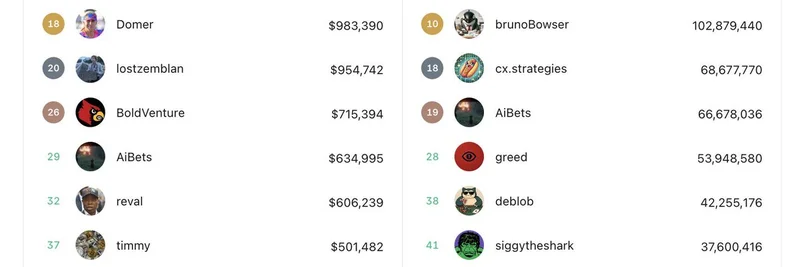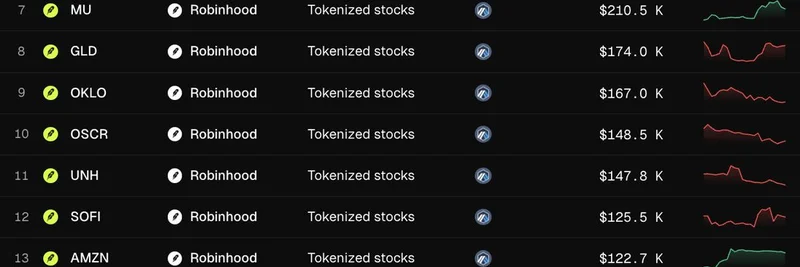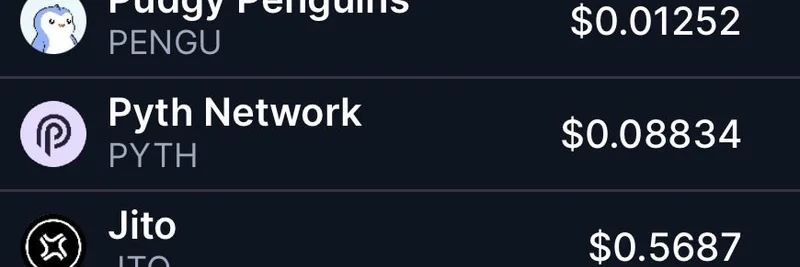In the fast-paced world of crypto, where meme tokens can skyrocket or plummet in hours, reliability is everything. But what happens when a single point of failure in traditional web infrastructure takes down your access to the blockchain? That's the question raised in a recent tweet from crypto journalist Laura Shin, highlighting a key discussion on the pitfalls of blending Web2 dependencies with Web3 ideals.
Shin shared a compelling quote from Yoav Weiss, a security expert at the Ethereum Foundation, during an X Space session. Weiss pointed out a recent Cloudflare outage that crippled various crypto services: "Many things here were not working because Cloudflare had an outage… the notion that you are unable to access your crypto because Cloudflare is down, it doesn't make sense to me. That's not why we are building Ethereum… for any use case where you can operate locally on your own computer without adding an intermediary, I think you should."
For those new to the terms, Cloudflare is a popular Web2 service that provides content delivery, security, and DNS for websites—think of it as a middleman that speeds up and protects online traffic. Ethereum, on the other hand, is a decentralized blockchain platform designed to eliminate such intermediaries, allowing peer-to-peer transactions and smart contracts without central control. Weiss's point? If your crypto experience hinges on a centralized service like Cloudflare, you're missing the decentralization boat.
This hits close to home for meme token enthusiasts. Meme coins, often launched on Ethereum-compatible chains like Base or Optimism, thrive on community hype and rapid trading. But if a Web2 outage blocks access to wallets, exchanges, or DEXs (decentralized exchanges), traders could miss out on crucial pumps or dumps. Imagine trying to sell your hot new dog-themed token during a viral moment, only to find your interface down because of a third-party glitch. It's a reminder that true decentralization isn't just about the blockchain—it's about the entire user stack.
The thread sparked reactions that underscore this shift toward purer onchain solutions. One notable reply came from Vin at Dromos Labs, core contributors to AerodromeFi and VelodromeFi. They highlighted their "MetaDEX," a fully onchain decentralized exchange where everything—from the frontend to data pulling—happens directly on the blockchain. No centralized APIs, no indexers, no intermediaries. As their quoted post explains: "With the MetaDEX, everything that you see is onchain. The front end is decentralized, the data is pulled directly, no centralized API, no intermediary service, no indexer."
This approach promises 100% real-time data, total privacy and security, and unbreakable uptime—as reliable as the chain itself. For meme token traders, platforms like AerodromeFi on Base (a layer-2 solution for Ethereum) offer a haven where Web2 outages won't interrupt your flow. It's especially relevant since many popular memes, from PEPE to DOGE-inspired variants, trade on these ecosystems.
Other replies echoed the sentiment. One user quipped, "On-chain or nothing, fren," capturing the growing mantra in crypto circles. Another raised questions about securing decentralized experiences in areas with spotty internet, while a third called it a "decentralization paradox."
As meme tokens continue to evolve from jokes to serious market players, building without Web2 crutches is crucial. Projects that embrace full onchain operations not only align with Ethereum's vision but also provide more resilient tools for users. If you're diving into meme trading, look for platforms that prioritize decentralization—your portfolio might depend on it.
For more on this discussion, check out the original X Space here or follow Laura Shin on X @laurashin. Stay tuned to Meme Insider for the latest on how tech trends shape the meme token landscape.




